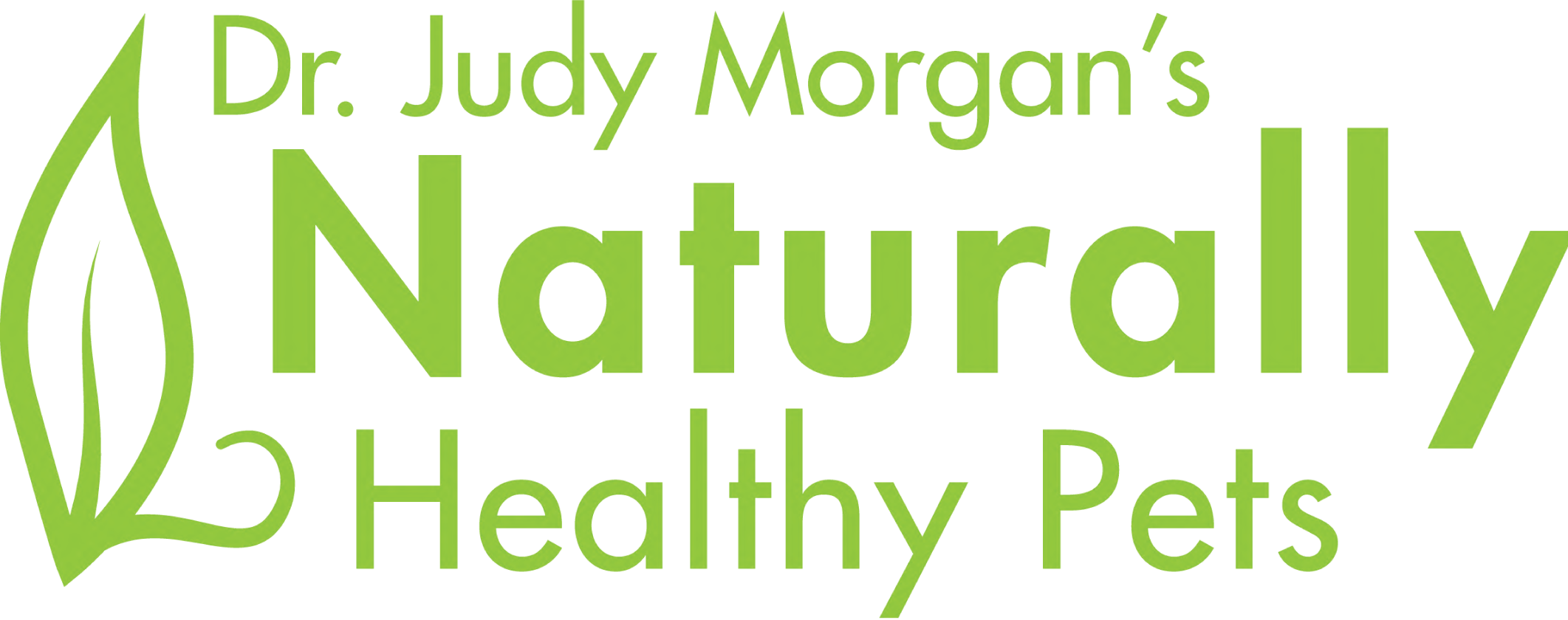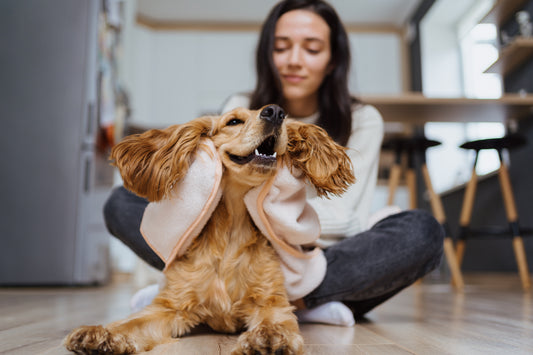Keratoconjunctivitis sicca is the medical term used to describe a condition called "dry eye". When pets suffer from this condition, they are unable to produce enough tears to lubricate and moisten the eye. This is a very painful condition, leaving the pet with the sensation that the eyes are full of grit or sand. It hurts every time they blink. Many pets will squint, as the eyes are more sensitive to light. Thick, sticky mucoid discharge will commonly coat the eyes. This is the body's way of protecting the cornea, trying to prevent it from drying.
KCS can be a genetic problem or it can result from an immune-mediated attack against the glands that produce tears. The most common medications or eye drops used to treat the disease include cyclosporine, prednisone, and tacrolimus, all of which suppress the immune response, allowing inflammation to decrease in the eye and the tear glands. Unfortunately, for many pets, these medications must be used two to three times daily...for life. In addition to using medicated eye drops, lubricating drops need to be placed in the eye many times a day, which may be difficult to achieve for many pet owners.
If you need to use lubricating drops, I recommend looking for Genteal or Refresh gels, as these drops are water based. Most over the counter or veterinarian-prescribed ointments and gels are petroleum based. The petroleum may cause further irritation to the eyes. Gels and drops only provide relief for a short period of time, possibly no more than 15 to 30 minutes.
Pets with dry eye may show marked improvement when the diet is changed to support the problems. The liver is the ruler of the eyes, so liver support is essential. Because tears are moisture and moisture is Yin, Yin tonic foods will also help. Food ingredients that transform phlegm (the mucous produced by the eyes when tears are absent) will help moisten and improve tear flow.
Years ago I designed a dry eye diet for my little English Toy Spaniel, George. He was able to be taken off all medications and eye drops within three months of his diet change. While the response may not be as impressive in every dog, the diet may help make your pet more comfortable. All dry kibble food must be eliminated from the diet, as dry kibble promotes phlegm production and dryness.
Dry Eye Diet
1 pound ground beef (90% lean, 10% fat)
3 ounces beef liver chopped or ground
4 ounces beef heart chopped or ground
6 ounces spinach chopped or ground
3 ounces carrot finely chopped or ground
3 whole eggs Shells from 1 and 1/2 eggs ground
2 ounces clams rinsed well to remove salt
1 pear chopped or ground
3 teaspoons finely ground almonds
3 teaspoons ground peppermint
2 ounces sardines canned in water at the time of feeding 1/2 gram dried kelp powder
This diet can be ground and mixed together, cooking at 325° F. for 30 to 45 minutes in a loaf or square baking pan, cooked on low for 4 to 6 hours in a slow cooker, or fed raw.
Good treats include sardines, hard-boiled eggs, carrots, pears, and freeze-dried organs.
- We recommend pre-portioning and freezing any extra food you don't plan to feed after 72 hours. Frozen food is best offered up to 3 months after freezing for optimal nutrition.
- All nuts, seeds, grains, tablet based supplements, and produce used in this recipe should be finely chopped for better digestibility, bioavailability, and distribution. A food processor works great for this step!
- Fine powder supplements and oils should be thoroughly mixed into recipe.
- Capsule/perle ingredients may be opened for better distribution.
- Fish oils or other sources of omega 3 fatty acids should be added at the time of feeding.


